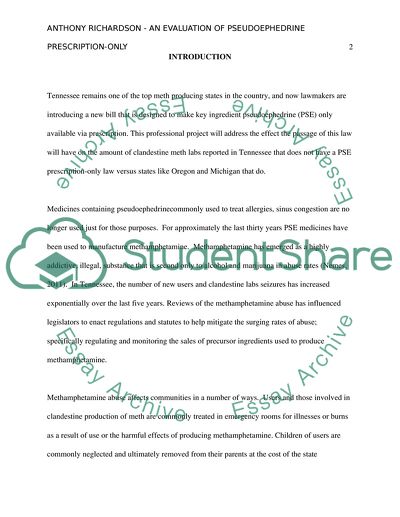Cite this document
(California Department of Toxic Substances Control Research Proposal, n.d.)
California Department of Toxic Substances Control Research Proposal. Retrieved from https://studentshare.org/health-sciences-medicine/1820799-an-evaluation-of-pseudeoephedrine-prescription-only-laws-and-its-affect-on-tennessee
California Department of Toxic Substances Control Research Proposal. Retrieved from https://studentshare.org/health-sciences-medicine/1820799-an-evaluation-of-pseudeoephedrine-prescription-only-laws-and-its-affect-on-tennessee
(California Department of Toxic Substances Control Research Proposal)
California Department of Toxic Substances Control Research Proposal. https://studentshare.org/health-sciences-medicine/1820799-an-evaluation-of-pseudeoephedrine-prescription-only-laws-and-its-affect-on-tennessee.
California Department of Toxic Substances Control Research Proposal. https://studentshare.org/health-sciences-medicine/1820799-an-evaluation-of-pseudeoephedrine-prescription-only-laws-and-its-affect-on-tennessee.
“California Department of Toxic Substances Control Research Proposal”, n.d. https://studentshare.org/health-sciences-medicine/1820799-an-evaluation-of-pseudeoephedrine-prescription-only-laws-and-its-affect-on-tennessee.


